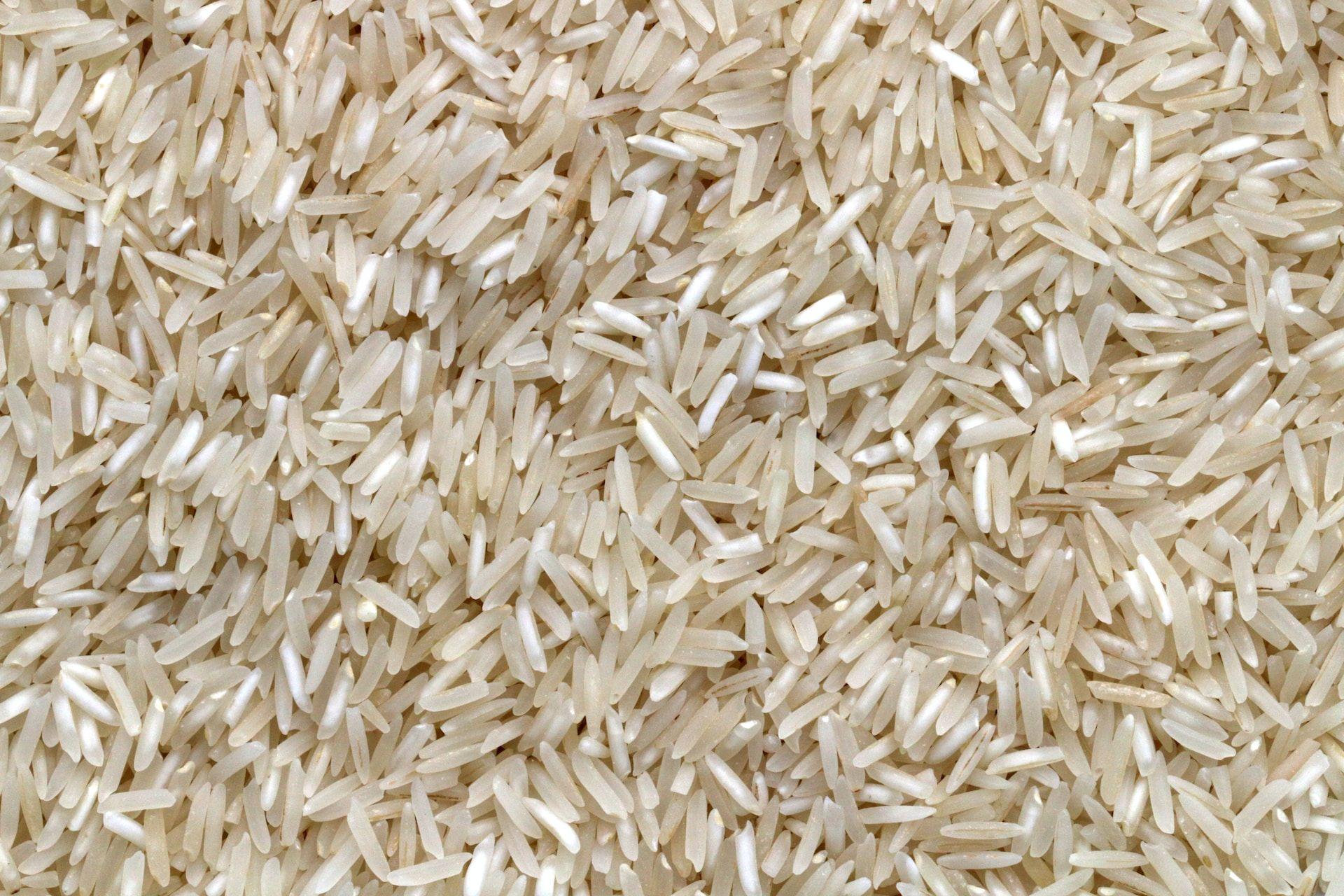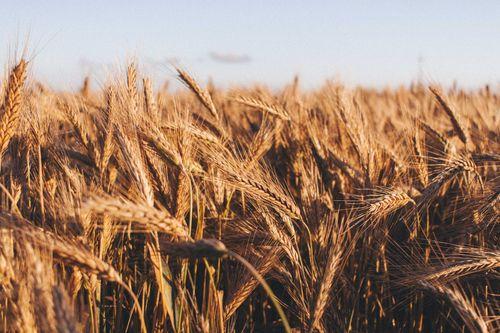Rice, a staple food for over half of the world's population, comes in various types, each with its unique characteristics and cultural significance. Understanding the different types of rice, their global production levels, and the countries that produce them can shed light on the rich diversity of this essential crop. In this comprehensive article, we will delve into various types of rice, annual production statistics, and the biggest export markets for each category. Let's embark on this journey to discover the global rice landscape.
Types of Rice
Long-Grain Rice
Long-grain rice is one of the most common and widely recognised types of rice. It features slender, elongated grains that remain separate when cooked. This rice variety is renowned for its aromatic and fluffy texture. Popular varieties include Basmati and Jasmine rice.
Medium-Grain Rice
Medium-grain rice is shorter and plumper than long-grain rice. It has a slightly sticky texture when cooked, making it ideal for dishes like sushi and risotto. Arborio and Calrose rice are notable examples of medium-grain rice.
Short-Grain Rice
Short-grain rice has small, round grains that are known for their sticky and chewy texture when cooked. This variety is commonly used in dishes like sushi, rice pudding, and paella. Japanese Japonica rice and Italian Carnaroli rice are well-known examples.
Brown Rice
Brown rice retains the bran layer, which contains essential nutrients and dietary fiber. It has a nuttier flavor and chewier texture compared to white rice. Brown rice is a healthier option and is used in various cuisines worldwide.
Wild Rice
Wild rice is not technically rice but the seed of an aquatic grass. It has a distinct, earthy flavor and is a staple in many Native American dishes. Wild rice is commonly found in the northern regions of North America.
Annual Global Production Levels
Rice production is a significant agricultural activity across the globe, providing sustenance for billions. Here are the annual production levels of some major rice-producing countries:
China
- Annual Production: Approximately 211 million metric tons
- Leading Export Market: China primarily exports Indica and Japonica rice to various countries, with the largest export market being Africa.
India
- Annual Production: Around 158 million metric tons
- Leading Export Market: India exports Basmati rice to the Middle East, especially to countries like Saudi Arabia and the United Arab Emirates.
Indonesia
- Annual Production: Roughly 75 million metric tons
- Leading Export Market: Indonesia exports various rice varieties to neighboring Asian countries, with significant exports to Malaysia and the Philippines.
Bangladesh
- Annual Production: About 34 million metric tons
- Leading Export Market: While Bangladesh primarily consumes its rice production, it occasionally exports small quantities to neighboring countries, such as India and Nepal.
Thailand
- Annual Production: Approximately 31 million metric tons
- Leading Export Market: Thailand is renowned for its high-quality Jasmine rice, which is in demand worldwide. The largest export markets for Thai rice are the United States, the European Union, and the Middle East.
Biggest Export Markets
- Basmati Rice:
- Leading Exporter: India
- Biggest Export Markets: Saudi Arabia & United Arab Emirates
- Jasmine Rice:
- Leading Exporter: Thailand
- Biggest Export Markets: United States, European Union, and the Middle East
- Indica Rice:
- Leading Exporter: China
- Biggest Export Markets: Various countries in Africa
Rice is a versatile and essential food source enjoyed across the globe, with various types, production levels, and export markets. Understanding the nuances of different rice varieties and their global reach can provide insights into the rich culinary and agricultural diversity of our world. Whether you prefer aromatic Basmati, sticky short-grain rice, or nutritious brown rice, rice plays a significant role in our daily lives.

